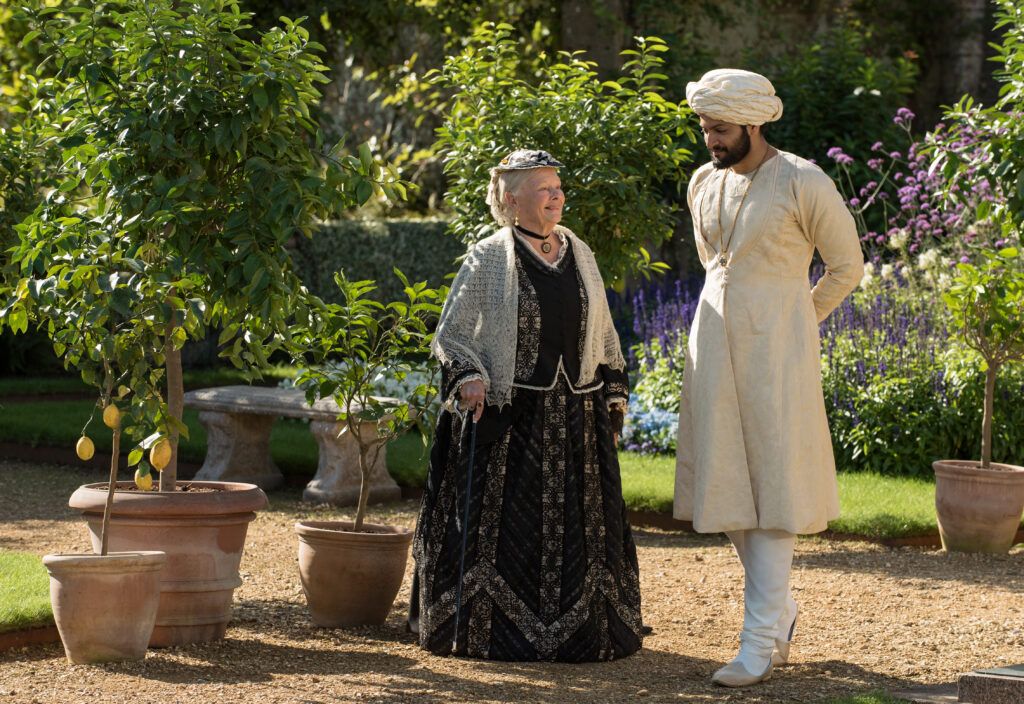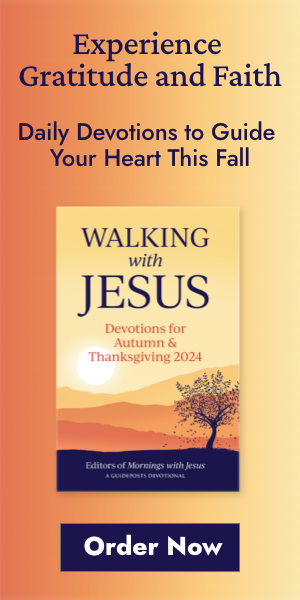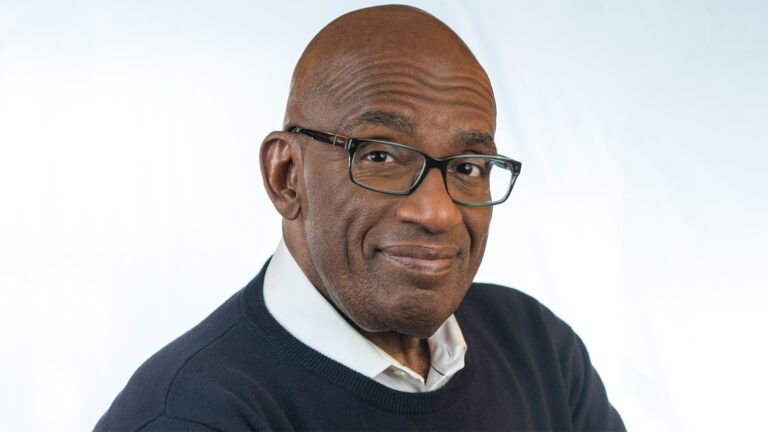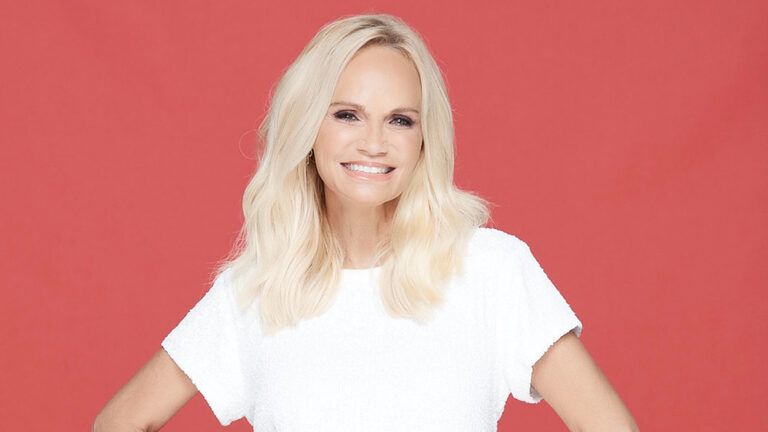The upcoming film Victoria & Abdul tells the story of an unlikely friendship between two very different people.
Queen Victoria (played by Dame Judi Dench in the movie) was Empress of India, a 68 year-old widow who felt isolated because of her crown in her later years. Abdul Karim (Ali Fazal) was an ordinary man, working as a clerk in a jail in Agra who was chosen, largely by chance, to present a special gift to the Queen from the people of India during her Golden Jubilee celebration. The two had nothing in common and yet, in the movie, based on a book of the same name by author Shrabani Basu, they came to share a bond that defied class, religion, and societal standards of the time.
A sweet tribute to the love shared between Queen Victoria and Abdul, the movie tends to gloss over the harsh realities of imperialism. Abdul is chosen to meet the Queen purely because of his appearance (the movie explains he’s “tall for an Indian”) and though they’re committed to each other, Abdul must live away from his family, bear terrible loss, and suffer racist-fueled taunts and attacks in order to remain by Victoria’s side. Still, the film does provide a beautiful example of how two people from dissimilar backgrounds bridged cultural divides in the name of friendship.
Guideposts.org spoke with author Shrabani Basu about the true story of Queen Victoria and Abdul, surprising things she learned about the British monarch, and why she thinks the movie is one to see.
GUIDEPOSTS: When and how did you first learn of the story of Queen Victoria and Abdul?
Shrabani Basu: I first heard of Victoria and Abdul when I was researching a book on curry many years ago. I knew that Queen Victoria enjoyed her curries and that she had some Indian servants who cooked for her.
It was when I went to Osborne House on the Isle of Wight in 2001 that I saw a portrait of Abdul Karim. He was painted in red, gold, and cream and looked like a nobleman, not a servant. The Durbar Room (Queen Victoria’s banquet hall with Indian-designed architechture) spoke to me of the Queen’s love for India. When I saw the photograph of Abdul Karim in Victoria’s dressing room, I knew then that he was someone special.
GUIDEPOSTS: What struck you about their friendship?
SB: The fact that it was such an unusual relationship. They were two people from two different ends of the spectrum. She was Empress of India and he was just an ordinary clerk from Agra jail. They spoke different languages, had different religions and cultures, and yet they found a common space and a common bond and shared something very special. It was also fascinating that Victoria placed a young Indian man at the heart of the Royal Court. It had never happened before and has not happened since.
GUIDEPOSTS: What kind of research went into writing the book?
SB: It wasn’t easy. I started off with the knowledge that the letters had been burned, so it was a completely blank page, apart from the portraits and photographs.
I went to Windsor Castle and asked to see Queen Victoria’s Journals and her Hindustani Journals. Very few people know that Queen Victoria [learned] Urdu from Abdul Karim. The thirteen volumes in the archives in Windsor had never been opened before. Western biographers had not read them. The journals recorded their daily life together and brought the relationship alive before my eyes.
I had to piece together the story from different sources: The Queen’s journals and letters, the diaries kept by her personal physician, the letters of the Household, the letters of the Viceroy and the foreign secretary and newspaper reports of the time. When I finally traced the descendants, they told me that Abdul’s diary was in Karachi with the family. The Household had wanted to destroy the journal. It was like finding gold dust. I finally had his voice and could tell the complete story.
It took four years to research the story. It took me to three countries, India, Pakistan and Britain.
GUIDEPOSTS: Why do you think Queen Victoria was so drawn to Abdul and vice versa?
SB: Victoria was Empress of India but she had never visited India. She longed to learn about India and the people. In a way, India came to her in the form of Abdul Karim.
He crossed the barrier of formality and spoke to her as a human being. He told her about India, about the color, the festivals, and the beauty of the Taj Mahal. He cooked her curries and taught her Urdu. Soon she was traveling with Karim in an Indian wonderland and living out her role as Empress of India.
When Karim arrived for her Golden Jubilee celebrations in 1887, she was 68 years old. She had been widowed since the age of 42, and been wearing black for years. She had come out of mourning briefly and formed a close bond with John Brown, her Scottish ghillie. But he had died in 1883 and she was alone again. Karim was a breath of fresh air and took her into another world.
For Karim, she was a person who respected him. He too had great respect for her and stood by her side till her death.
GUIDEPOSTS: Were there strains in the relationship between Abdul and the Queen? England ruled his homeland, he was Muslim, did any of those things weigh on their friendship?
SB: We know they discussed Indian politics. He told her about India and the tensions in India between Hindus and Muslims. He also told her that the people of India respected the monarchy but that they did not like the establishment and the British administration.
GUIDEPOSTS: Did you learn anything surprising about the Queen?
SB: Many things! The fact that she took on the fight on behalf of the Indians against her own family and Household.
Most people know Victoria as a formidable lady dressed in black whose most famous line was: “We are not amused.” But I discovered a passionate Victoria, who was not afraid to express her feelings, who was feisty and defiant. She definitely had a beating heart.
GUIDEPOSTS: What does Judi Dench bring to the role of Queen Victoria?
SB: She owns the role and gives it her hundred and ten percent. She brings out all the emotions and the fragility as well as the feisty spirit of Victoria.
GUIDEPOSTS: What do you think people can learn from the bond Abdul and Queen Victoria shared?
SB: That we can come from different backgrounds and be completely different people, but if we have mutual respect for each other, we can cut across all these divides and become friends. At the heart of this story is the friendship that they share.
This interview has been edited.




